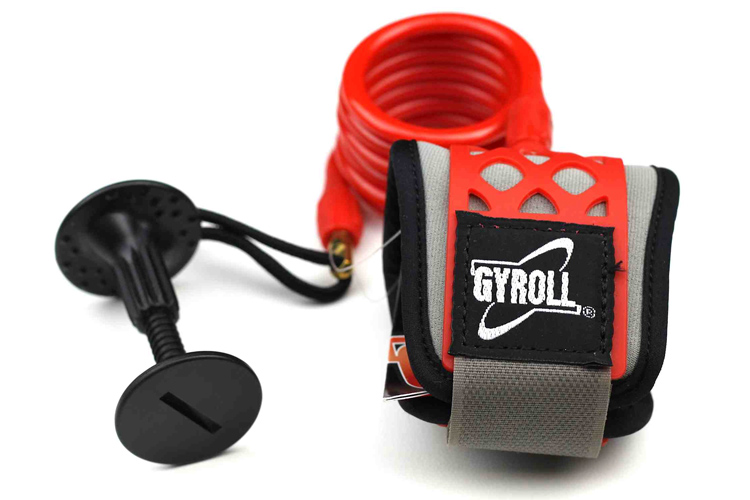There are two types of bodyboard leashes - wrist leashes and bicep leashes. Find out which to choose and how to use them.
A leash is an accessory that connects your arm to the board.
Bodyboard leashes can be uncomfortable to wear and tricky to install, but they're an essential piece of gear in modern bodyboarding.
To start things off, learn how to put a hole through your brand new bodyboard.
The market offers two different styles of leashes - riders can opt for wrist or bicep bodyboard cords.
Wrist Leashes vs. Bicep Leashes
Bodyboard beginners often use the wrist bodyboard leash because it makes it easy to bring your board back when you wipe out.
Drop-knee enthusiasts also prefer this type of cord.
However, wrist leashes are not a popular pick among prone riders because when you're paddling, you're dragging the strap and the coil through the water with every paddle stroke.
The bicep bodyboard leash keeps the strap out of the way when you're paddling for or riding a wave.
It should be used just above the crease of your elbow, with the coil coming off of the thumb side of your arm.
You should never go bodyboarding without a bodyboard leash.
If for any reason you lose the board in challenging conditions, the cord will keep you at arm's length of the board, and it may very well save your life.
Think about it.
But the leash is also handy when you're surfing waves that break far from the shore.
Without a leash on, an occasional wipeout will force you to swim back in towards the beach to recover the bodyboard.
What Makes a Good Bodyboard Leash?
High-quality bodyboard leash kits always come with the following items: the plug, the string, the coiled cord, and the neoprene/velcro strap.
The plug should be big, wide, and made of high-end plastic.
The plug's head must be flat, and the other extremity should have an internal orifice to accommodate the string - you don't want loops around the back of it.
The leash string should be short, and the tie must be tight enough to resist all sorts of wave-riding impacts.
The joint of the strap should have a brass swivel that reduces tangles, and the cuff itself should be wide and comfortable to wear.
Make sure the coil is made of a durable, reliable polyurethane cord.
Remember to rinse your bodyboard leash with fresh water after each surf session, and avoid leaving it under direct sunlight for several hours.
